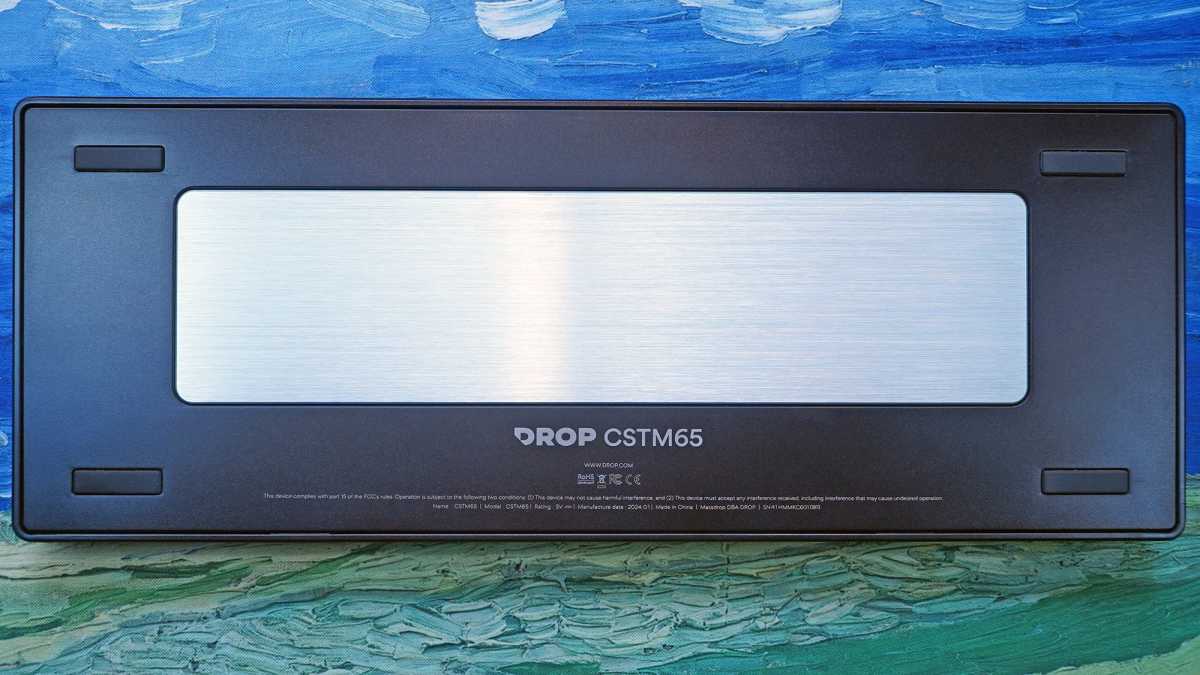Imagine a world where the clothes and gear we wear could mend themselves, just like a cut on our skin heals over time. This isn’t just a fantasy from a superhero movie anymore. Scientists and engineers are working hard to make self-repairing materials a reality, and they’re getting closer to creating something that might remind you of Iron Man’s famous suit.
At the forefront of this exciting field is a team developing a prototype helmet that can fix itself. They’re using a special kind of plastic that has the amazing ability to heal after it gets damaged. This is a big deal because it means that, in the future, we might have equipment that lasts much longer and is safer to use.
Nitinol, an alloy of nickel and titanium, is renowned for its unique properties, particularly its shape memory and superelasticity. These characteristics stem from its ability to undergo a phase transformation in its crystal structure.
Self-healing nanotechnology
Here are some other articles you may find of interest on the subject of artificial intelligence and design :
Nitinol characteristics and features
- Shape Memory Effect: Nitinol exhibits a remarkable shape memory effect. This means that after being deformed, it can return to its original, pre-deformed shape upon heating. This property is a result of a solid-state phase transformation. At lower temperatures, nitinol exists in a martensitic phase, which is relatively soft and easily deformable. When heated above a certain transition temperature, it transforms into an austenitic phase, which is stronger and returns to its original shape.
- Superelasticity: In addition to its shape memory, nitinol can also display superelasticity, or pseudoelasticity, at temperatures above its transformation point. In this state, the material can undergo significant deformation but will return to its original shape upon removal of the stress. This is different from the shape memory effect, as it occurs without a change in temperature.
- Biocompatibility: Nitinol is biocompatible, making it suitable for medical applications, such as orthodontic wires, stents, and surgical instruments. Its ability to conform to the body’s contours and return to a predefined shape is particularly valuable in these applications.
- Temperature Sensitivity: The transformation temperatures of nitinol are sensitive to the precise composition of the alloy and the way it is processed. This makes the material’s behavior highly tunable but also requires precise control during manufacturing.
- Manufacturing Challenges: Working with nitinol can be complex. The process of ‘training’ the material to remember its shape involves heating it to a high temperature, shaping it, and then cooling it in a controlled manner. This process, known as thermomechanical treatment, sets the shape memory characteristics. Additionally, joining nitinol components (such as by welding or soldering) can alter its properties at the joint, requiring specialized techniques.
- Cost: The cost of nitinol is relatively high compared to other metals. This is due to the complexity of its processing and the need for precise control during manufacturing, as well as the costs of raw materials (nickel and titanium).
One other special material tested is a metal called gallium. Gallium is really cool because it melts in your hand! This means they can use it to make tiny channels inside the armor, kind of like blood vessels. If the armor gets a scratch or a dent, gallium can flow to the spot and harden again, fixing the damage. But gallium isn’t perfect. It doesn’t do well in the heat, and it’s not very strong. So, the team is trying to figure out how to make it work better.
This whole project is about more than just making a cool helmet. It’s about pushing the boundaries of what we can do with materials. The people working on this are super creative and they’re not afraid to try new things. They’re taking what we know about making stuff and turning it upside down.
The future of nanotechnology
As researchers keep pushing the boundaries of what is possible and improving these technologies, the current materials available are just the tip of the iceberg. As we have already seen artificial intelligence is designing new millions of new materials never before created which are currently being tested. It’s not just about having armor that can fix itself. It’s about changing the way we think about making all kinds of things. We’re moving into a time where our stuff might last longer, be safer, and do more for us, thanks to the hard work of these scientists and engineers.
So, the next time you watch a superhero movie and see them with their fancy gear, remember that in the real world, we’re not that far behind. We’re on the path to creating materials that can take a beating and come back for more, just like the heroes on the screen. And that’s something to get excited about, because it means we’re making progress in making our world a better, safer, and more amazing place to live.
Image Credit: JLaservideo
Filed Under: Design News, Top News
Latest togetherbe Deals
Disclosure: Some of our articles include affiliate links. If you buy something through one of these links, togetherbe may earn an affiliate commission. Learn about our Disclosure Policy.






